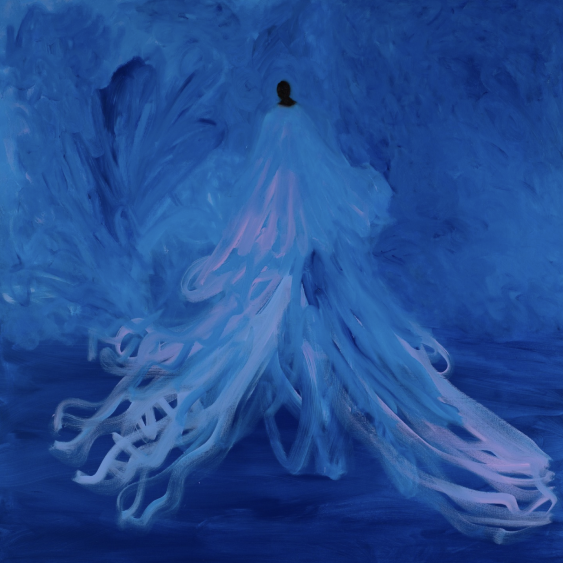Practice of Interest
The colour and form of diasporic navigations
with Ruth Ige
Share


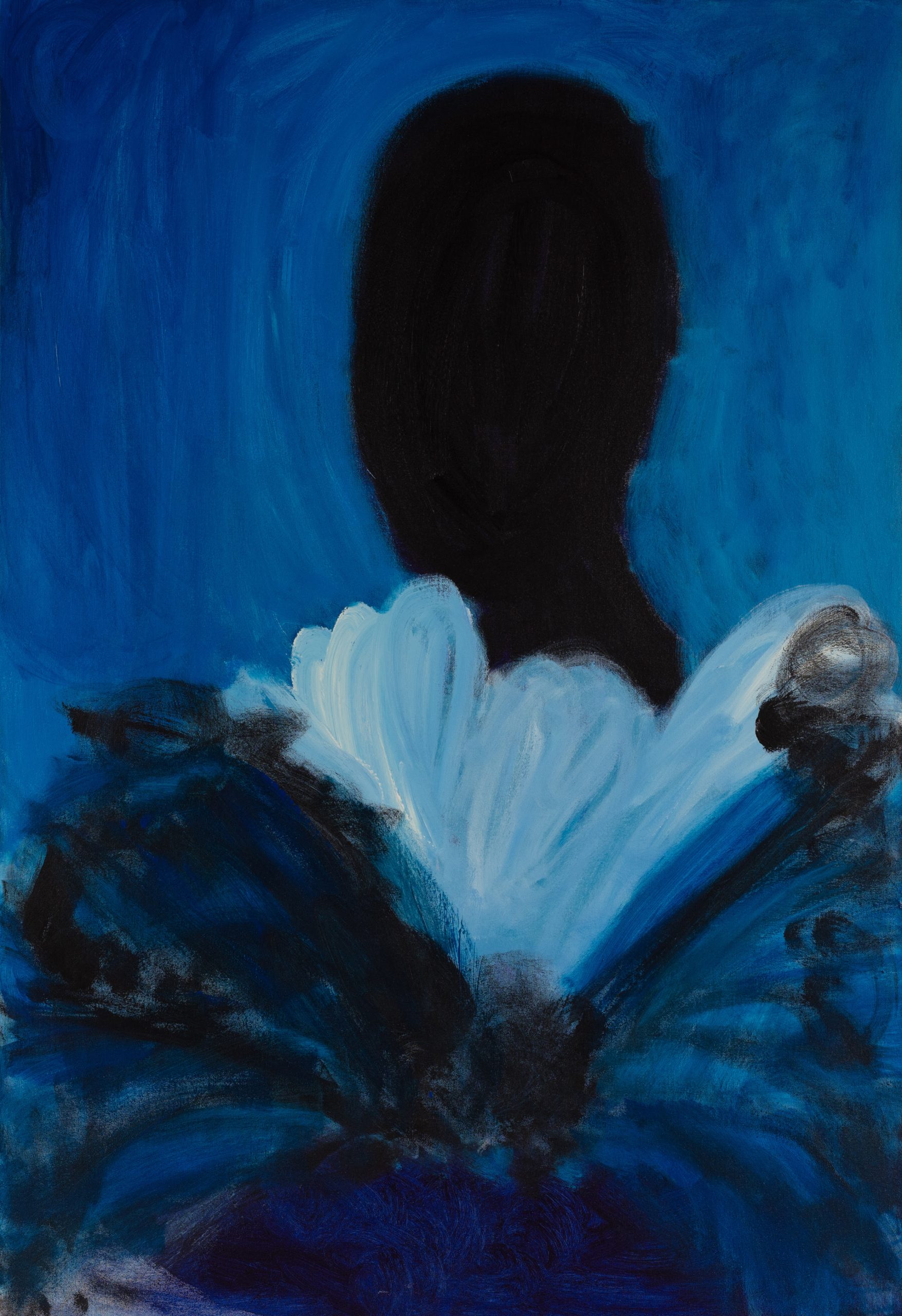
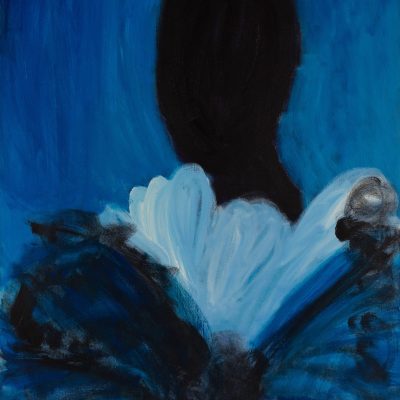
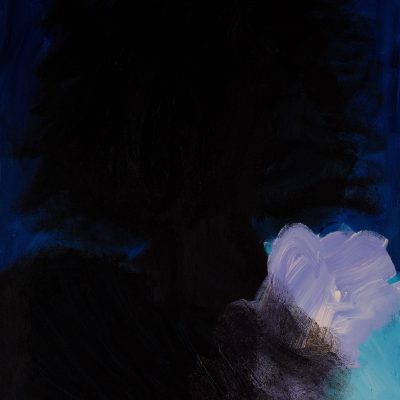
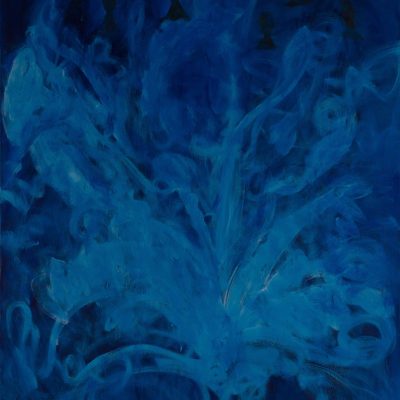
At home in portraiture, figuration and abstraction, Ruth Ige is a Nigerian contemporary artist based in New Zealand. “In a nutshell, my practice centres the black figure and explores blackness in relation to representation, art history, history, documentation and existence,” explains Ige. “Mystery is a major part of my work, which I use as a tool for empowerment to create narratives of blackness that are not easily understood.” Offering an unveiled blackness as medicine to the African diaspora, Ige realises her escapist (but grounding) practice through painting. As the result of time-zone informed email correspondence between New Zealand and Johannesburg FNB Art Joburg had the opportunity to connect with the artist. Below is an excerpt.
How would you describe growing up in the diaspora and the ways that this has informed your sensibilities and the messaging you look to deliver in your work?
I am Nigerian. I lived in Botswana till I was 11 and then moved to New Zealand. My experiences growing up in a different community makes me view the diaspora as a global family. There has always been division within the diaspora, but recently it has really intensified. It honestly makes me sad. I hope for unity. I know that it might seem impossible and naive to say, but I believe in unity. I see all black people as my family no matter the region. I feel that we should uplift each other, listen to each other and stand up for each other. We need each other in the fight against racism, hate and bigotry. I believe we will see immense change when we work together.
Have you always worked in abstraction? Why has abstract figuration sufficed in visualising yours and witnessed diasporic negotiations?
I have always worked in abstraction, because of the freedom of expression it holds. You can go beyond capturing the concrete world. However, I began to introduce the figure in 2016 in the last year of art school, because pure abstraction began to feel empty. The discussion around Abstraction has a tendency to just focus on the materials or shun social political issues. With my growing research around blackness, introducing the figure into my visual language was important to me. However, my approach to the figure is still through the lens of abstraction. Abstraction aligns with how I view things visually. I still see my practice as a visual conversation between abstraction and figuration.
Parts of your practice have previously been described as colour study. Can you tell me about the significance of the colour blue and whether it would be correct to refer to it as a colour study?
I do not see it as color study, but more of a form of world building within my paintings. I see it as a form of language. It is hard to pinpoint the specific date, because it felt like a natural progression. It felt almost spiritual how I progressed to blue. In art school my paintings were extremely bright in color, but I stripped the color down to browns and grays in 2017 due to some contextual reasons. I believe my change to blue began in 2018. Blue is significant to me for many reasons. I am drawn to blue, because it is an atmospheric and calm color. It contains so many dualities, which is an important aspect of my art practice. It is otherworldly, but ordinary. It can portray sadness, but also the joy of renewal. I am able to show a range of complex emotions through the use of blue. Blue also has a strong cultural significance to me as a Nigerian. I am Yoruba and Igbo. We have an indigo fabric by the Yoruba people called Adire that holds deep historical and cultural meaning. Blue to me is also a healing color and in a way I am trying to access that healing.
You speak about exploring the use of speculative fiction and the imagination to heal, escape and resist. With this in mind, who would you describe the figures in your work to be?
These fictional figures are black individuals going through life experiencing heartache, joy, sorrow and healing. Some are ordinary people, whilst others are extraordinary with otherworldly gifts and titles. They’re not from a specific place or time. In my practice the past, present and future all coexist in the same space. There is a conversation that is occurring between these time frames. These figures all coexist in this conversation or merging of time and space. In a way my figures roam between dimensions of reality and fiction.
Subscribe
Subscribe
For exclusive news, tickets and invites delivered every week
